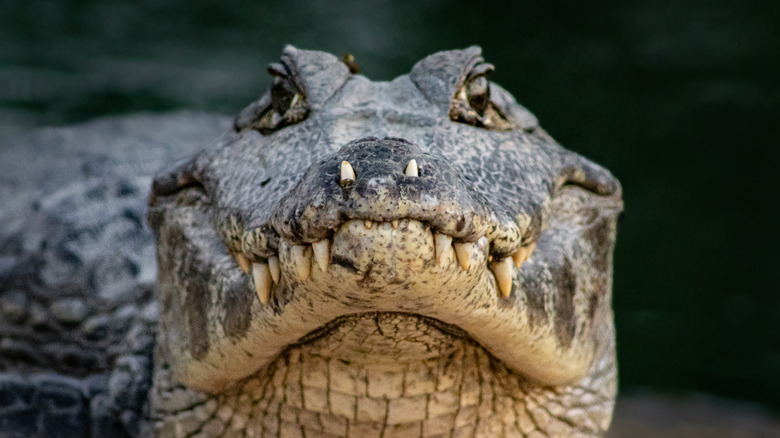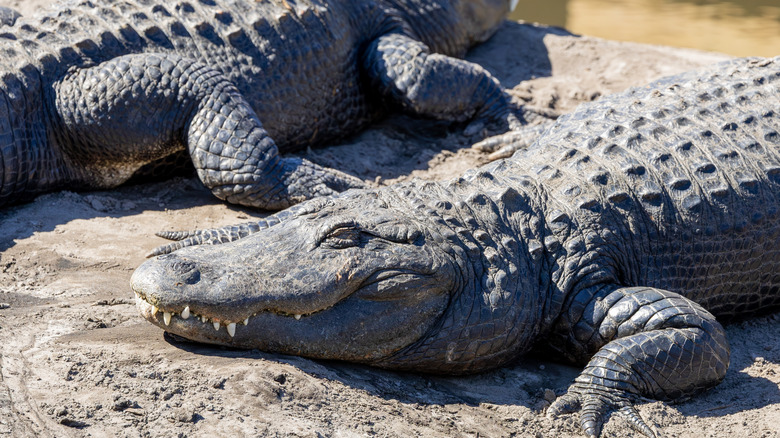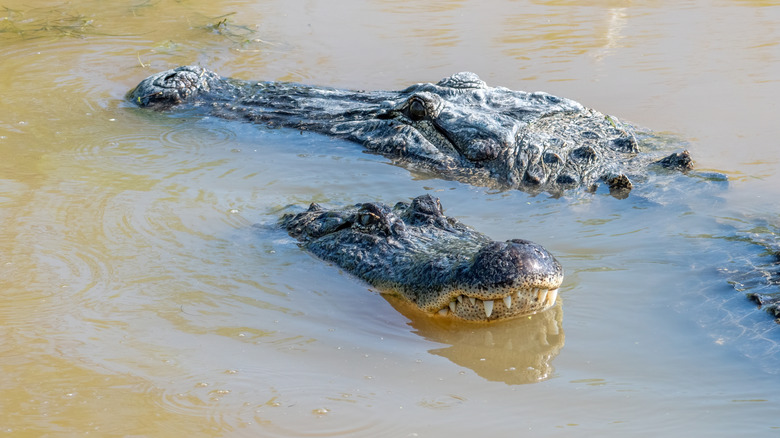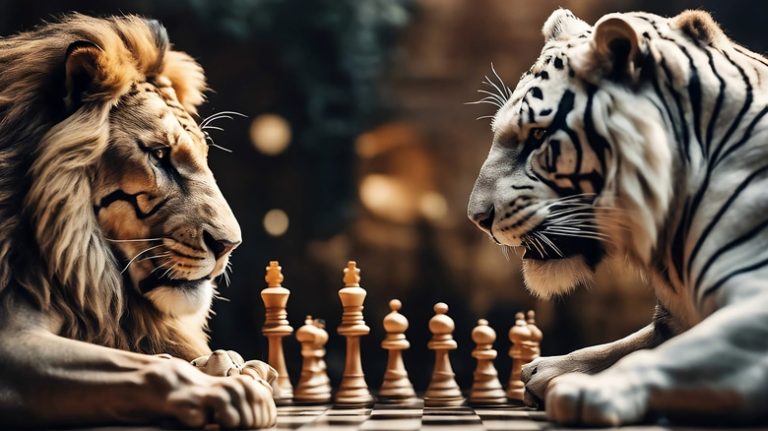
If you’ve ever watched any nature documentary, you’re likely aware that the animal kingdom is replete with fascinating and complex mating rituals. For instance, Great Blue Herons engage in elaborate courtship displays, while male whales use deep vocalizations during mating. Meanwhile, chimpanzee mating rituals can be unsettling, as they sometimes involve coercive tactics by males.
However, the mating behavior of alligators is truly unique. These reptiles employ vocalizations to attract each other, leading to a spectacle that resembles a wrestling match, culminating in a brief copulation lasting just 30 seconds. It hardly seems like an enjoyable experience, does it? Crocodiles exhibit similar behaviors, with males slapping their heads and tails on the water’s surface and bellowing to attract females.
Given these similar mating behaviors and their obvious physical likenesses, one might wonder if these two large reptile species could interbreed and produce hybrids. Unfortunately, a “crocogator” isn’t feasible due to various factors, including genetic, behavioral, and physical differences.
Alligators and crocodiles are too genetically distinct to breed

If lions and tigers can breed to produce ligers and tigons, why can’t alligators and crocodiles do the same? Surprisingly, that’s not the case. Despite their physical similarities, such as elongated snouts, thick scaly skin, and long tails, there are critical differences between alligators and crocodiles that prevent them from breeding.
Apart from the fact that alligators inhabit only freshwater while crocodiles thrive in both fresh and saltwater, the genetic divergence between these two species is a significant barrier to successful mating. Both belong to the crocodilian group, which also includes caimans and gharials. However, their evolutionary paths diverged approximately 80 million years ago during the Late Cretaceous period. This divergence means that gators and crocs are not only separated by physical differences, such as differently shaped snouts, but also by genetic ones.
To clarify, alligators and crocodiles are about 93% genetically similar, which may seem significant. However, humans share a 93% genetic similarity with macaques and a 99% similarity with chimpanzees, yet a human-chimpanzee hybrid is impossible. Similarly, there isn’t enough genetic similarity between crocodiles and alligators for successful breeding. In contrast, lions and tigers, which may appear less similar than alligators and crocodiles, can mate because they share enough genetic similarities. Although they are about 95% genetically similar, they both belong to the Panthera genus, whereas crocodiles and alligators belong to separate genera: Crocodylus and Alligatoridae.
There are multiple reasons why crocs and gators can’t mate

It’s not solely the genetic differences that prevent crocodiles and alligators from interbreeding. More broadly, these species have different numbers of chromosomes. The Alligatoridae family exhibits more varied chromosome numbers than the Crocodylidae family, rendering breeding impossible. For successful reproduction, each parent must have an even number of chromosomes so that each chromosome has a partner. Odd numbers or mismatched chromosome pieces lead to cell division issues, birth defects, or nonviable embryos. With alligators and crocodiles, differing chromosome numbers alone complicate reproduction, and when combined with genetic differences, make it impossible.
There are several other factors why mating between crocodiles and alligators wouldn’t work. Behavioral differences between the species make the mating process itself extremely challenging. Additionally, crocodiles and alligators typically inhabit different environments (there’s only one region in the United States where crocs and gators coexist). As such, they are unlikely to encounter each other, and even if they could produce offspring, their survival in a given habitat would be questionable. While there have been anecdotal reports of alligator-crocodile hybrids, there have been no officially verified instances to date.
“`






